I received in the mail Couleurs café by Marie Hardy-Séguette. So the year will begin once again with the presentation of a book.
Couleurs café by Marie Hardy-Seguette
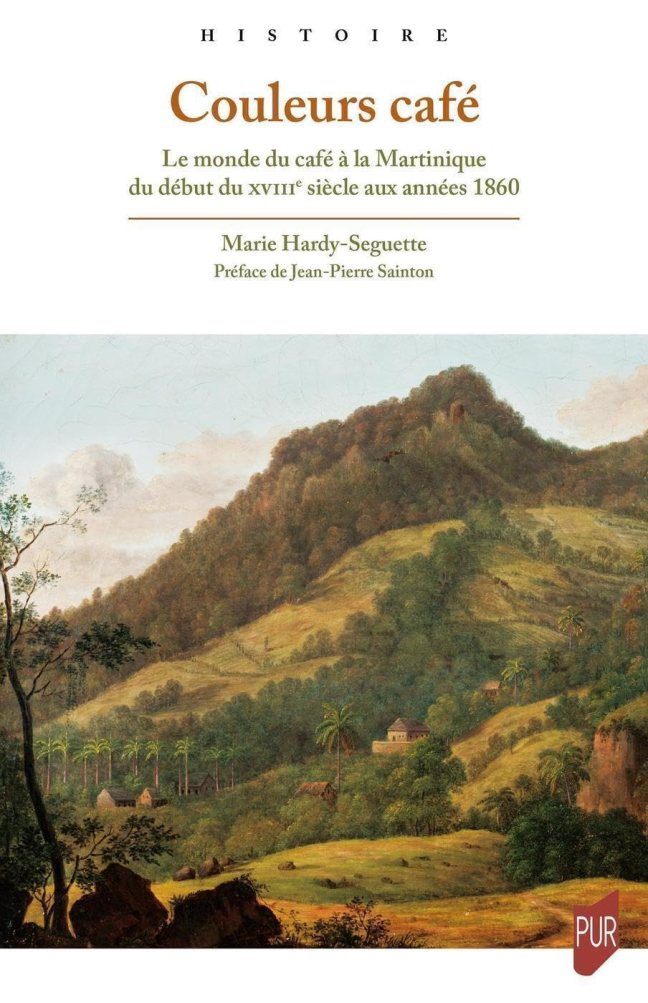

I received in the mail Couleurs café by Marie Hardy-Séguette. So the year will begin once again with the presentation of a book.
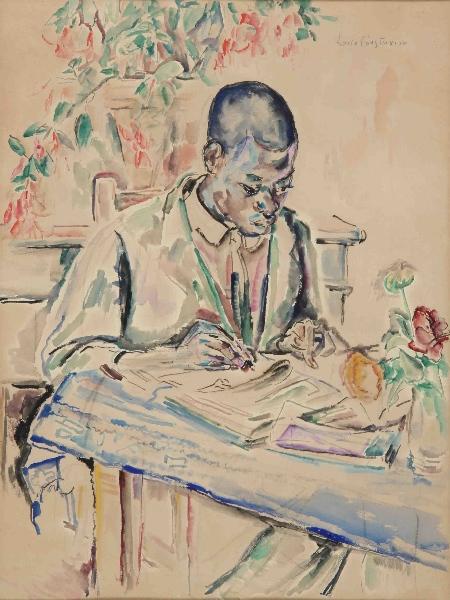
How emerged colorism ? I look at the ability to sign and the property, which amounts to a broader discussion of economic and cultural capital; finally, to conclude the series, I offer a brief reflection on the long-term impact of colorism.
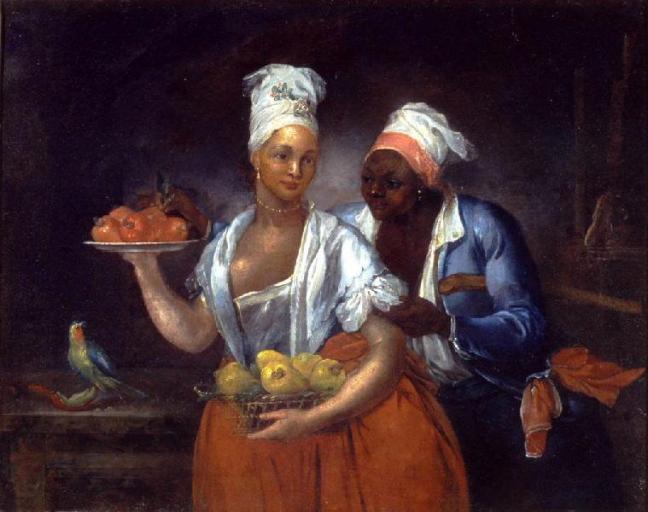
How emerged colorism ? Today, I'm going to talk about social relationships through demographics, spouse choice and passing. When a free person of color was lighter-skinned, she or he was less constrained in their choice of partner.
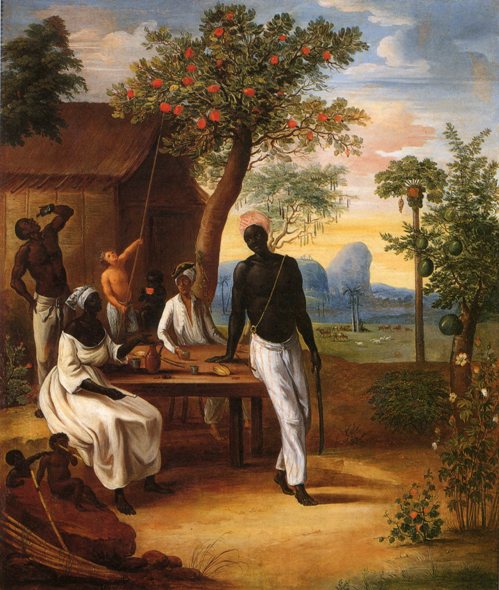
How emerged colorism ? Today, I analyze the influence of colorism in estimating the value of enslaved people. When an enslaved person’s skin was lighter, their market value increased.
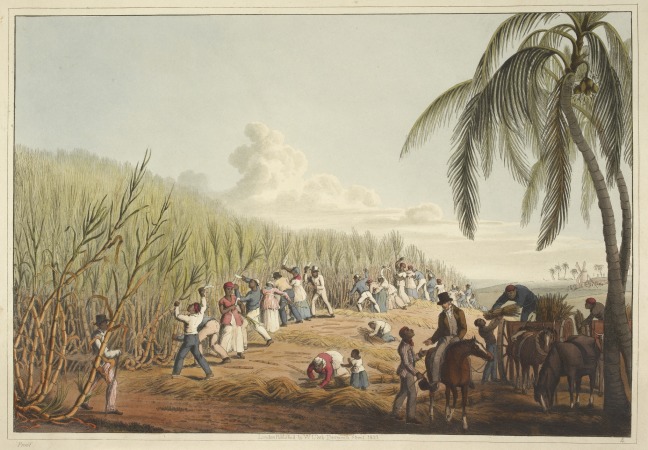
How emerged colorism ? Today, I'm going to look at inequalities in access to skilled work. when an enslaved person's skin was lighter, he or she was more likely to have a trade or skilled activity.
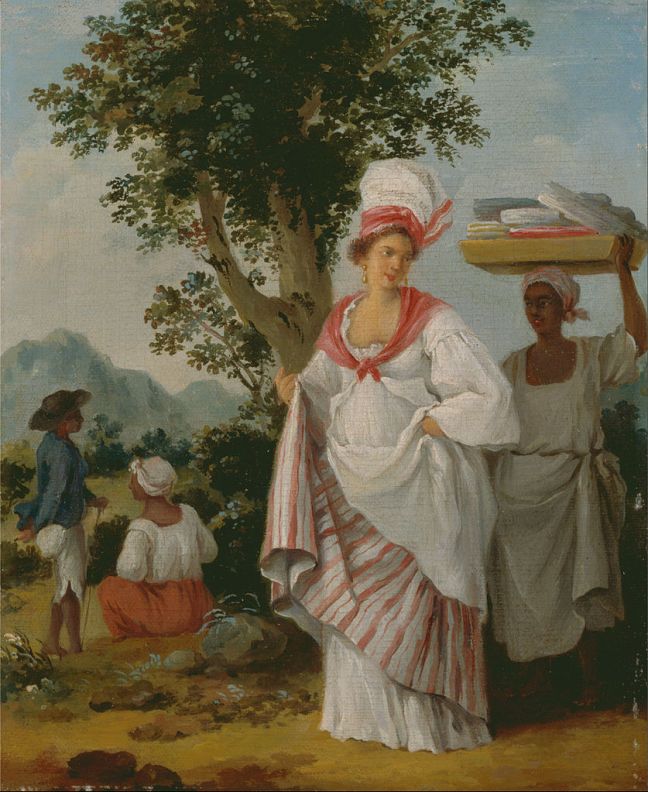
How emerged colorism ? Today, I'm going to focus on the question of manumission. When an enslaved person's skin was lighter, the chances of freedom increased

Today, I invite you to a little sweetness: the fruits consumed in jams, marmalade, jelly ... in the Caribbean of the time of Father Labat.

Today, I share with you my questions and my investigation on the "slave market" of the Mouillage in Saint-Pierre of Martinique.

Today, I am gathering the elements of the life of Baptiste, an enslaved infirm "old negro" in 1833, who was formerly an apothecary.

I received (autographed moreover!) Bordeaux Métisse, Esclaves et Affranchis du XVIIIe à L'Empire by Julie Duprat. Today, I begin the year 2022, as I ended the previous one: with the presentation of a book!
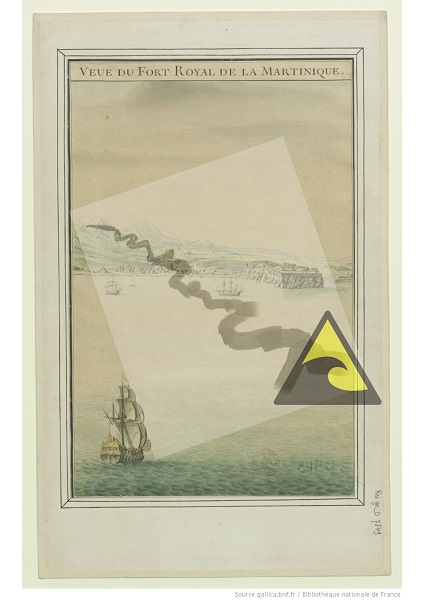
Fire of part of the city in May, hurricane in August, tidal wave and earthquake in September. I report to you what the archives tell us about these events of 1766, a black year for the city of Foyal and its inhabitants, but also for the whole island. Today, in this last episode, I tell you about the tidal wave of 18 September and the earthquake of 19 September.

Fire of part of the city in May, hurricane in August, tidal wave and earthquake in September. I report to you what the archives tell us about these events of 1766, a black year for the city of Foyal and its inhabitants, but also for the whole island. For this second part, we are interested in the violent hurricane that devastated the island during the night of 13 to 14 August, leaving families in mourning and in fear of famine.

Fire of part of the city in May, hurricane in August, tidal wave and earthquake in September. I report to you what the archives tell us about these events of 1766, a black year for the city of Foyal and its inhabitants, but also for the whole island. For the first of the three episodes, I am interested in the fire that broke out in the night of 19 to 20 May in the town of Fort-Royal, leaving an entire neighbourhood in ashes.

I don't know where to start. How do you find a sympathetic catchphrase to tell the story of an 11-year-old's girl marriage? Today, with a knot in my stomach, I tell you about Marie Françoise Rose.

Today, I propose you to see the pimentade, whose heir is a classic of our seasonings in the French Caribbean, today called sauce-chien [dog-sauce].

Today, I propose to you to see the recipes of the hot chocolate, drink so appreciated in the Caribbean.

Today, I present you the database "Minutes notariales de Saint-Pierre", a new resource very useful for researchers and full of perspectives for genealogy.

Today, since we are in the season of Lent, I propose paradoxically - Labat being rather a worshipper of good food - to start this series on the question of fasting. On the menu: manatee, iguana, diablotin, coffee, tea and chocolate.

Today, I would like to share with you some excerpts from archives that touched me, as glimpses into the lives of free people of colour and the weight of colour prejudice for them.
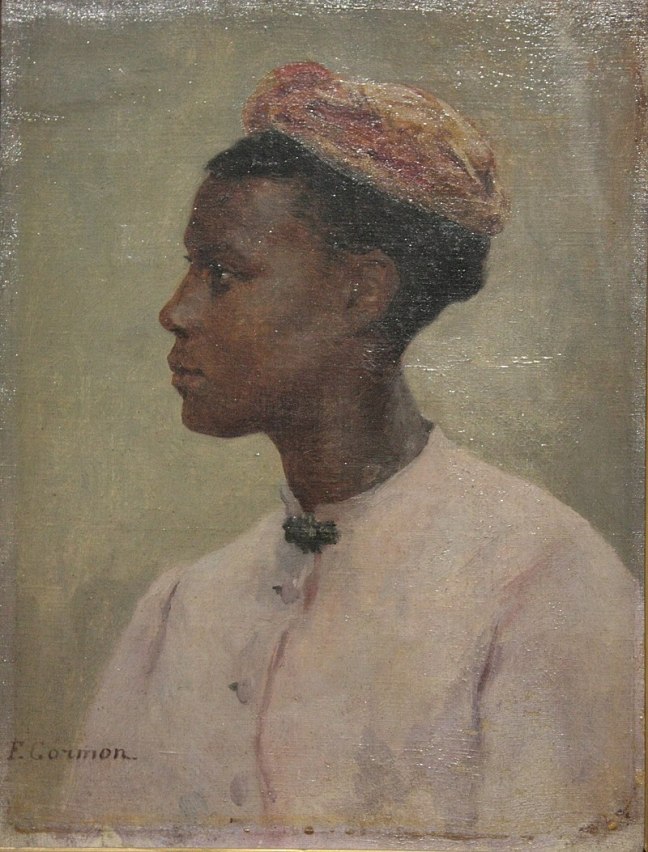
Today I continue the study of the prejudice of colour with the measures seeking to control the development of the group of Free People of Colour and those that segregated and discriminated against them.

Today, I'm going to talk to you about the various measures taken against free people of colour who coerced them in their daily lives.
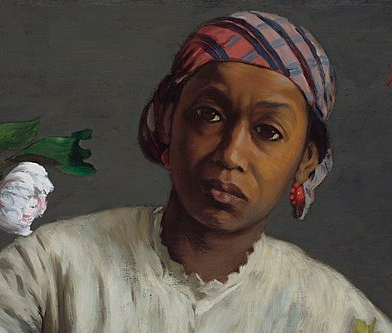
Today, I would like to talk about the construction of the prejudice of colour from a legal point of view, by focusing on the emergence of the free people of colour as a legal group and by contextualizing the legal expression of the prejudice in relation to the society of order in the Kingdom of France.

Today I am talking about the image of the Black man, because it has fed not only social attitudes, but also legislative decisions, constituting colour prejudice, at the highest levels of the state.

Today, the first episode of a series on prejudice of color; I explain the concept of racist system.